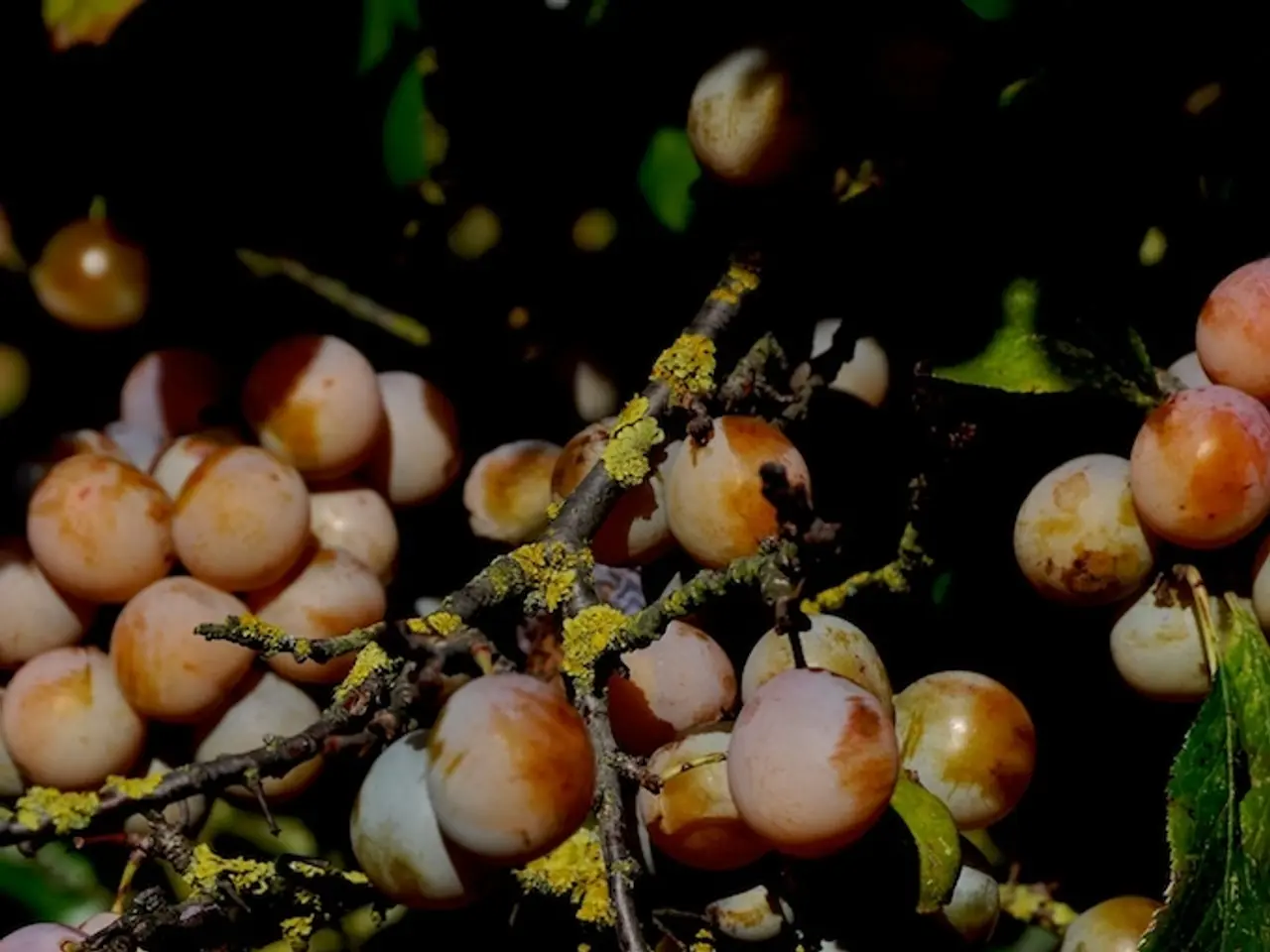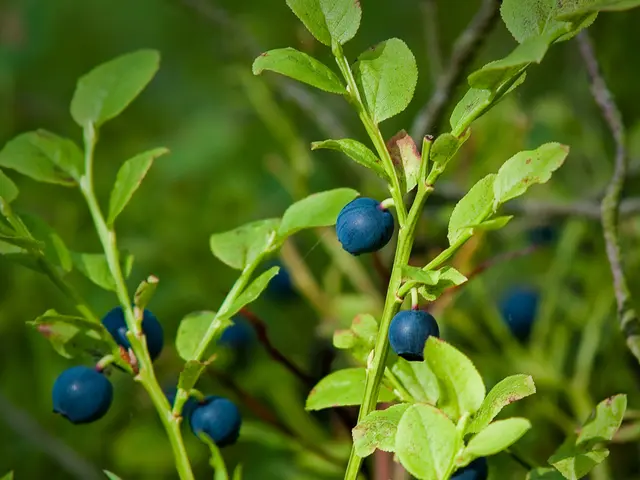Why autumn planting holes give fruit trees a stronger future
Preparing planting holes in autumn can give fruit trees and berry bushes a strong start. Proper soil enrichment and hole sizing help roots develop without stress. This early work also ensures better growth and higher yields in the years ahead.
Holes for saplings should be dug at least a week before planting. This allows the soil to settle and stabilize before the roots take hold. When digging, the top fertile layer of soil must be kept separate from the less fertile subsoil beneath.
For fruit trees, the ideal hole measures 80–100 cm in diameter and 60–80 cm deep. Berry bushes need smaller holes—around 50–60 cm wide and 40–50 cm deep. In both cases, the hole must be wide enough to let the root system spread comfortably.
A 10–15 cm drainage layer should line the bottom of each hole, particularly in heavy or waterlogged soils. This prevents water from pooling around the roots. After drainage, the fertile soil is mixed with compost, superphosphate, and either potassium salt or wood ash. This enriched blend provides essential nutrients for long-term growth.
Fall preparation gives saplings a nutrient-rich foundation before winter. The right hole size, drainage, and soil mix reduce transplant shock and support vigorous growth. With these steps, trees and bushes establish stronger roots and produce better harvests in the future.







